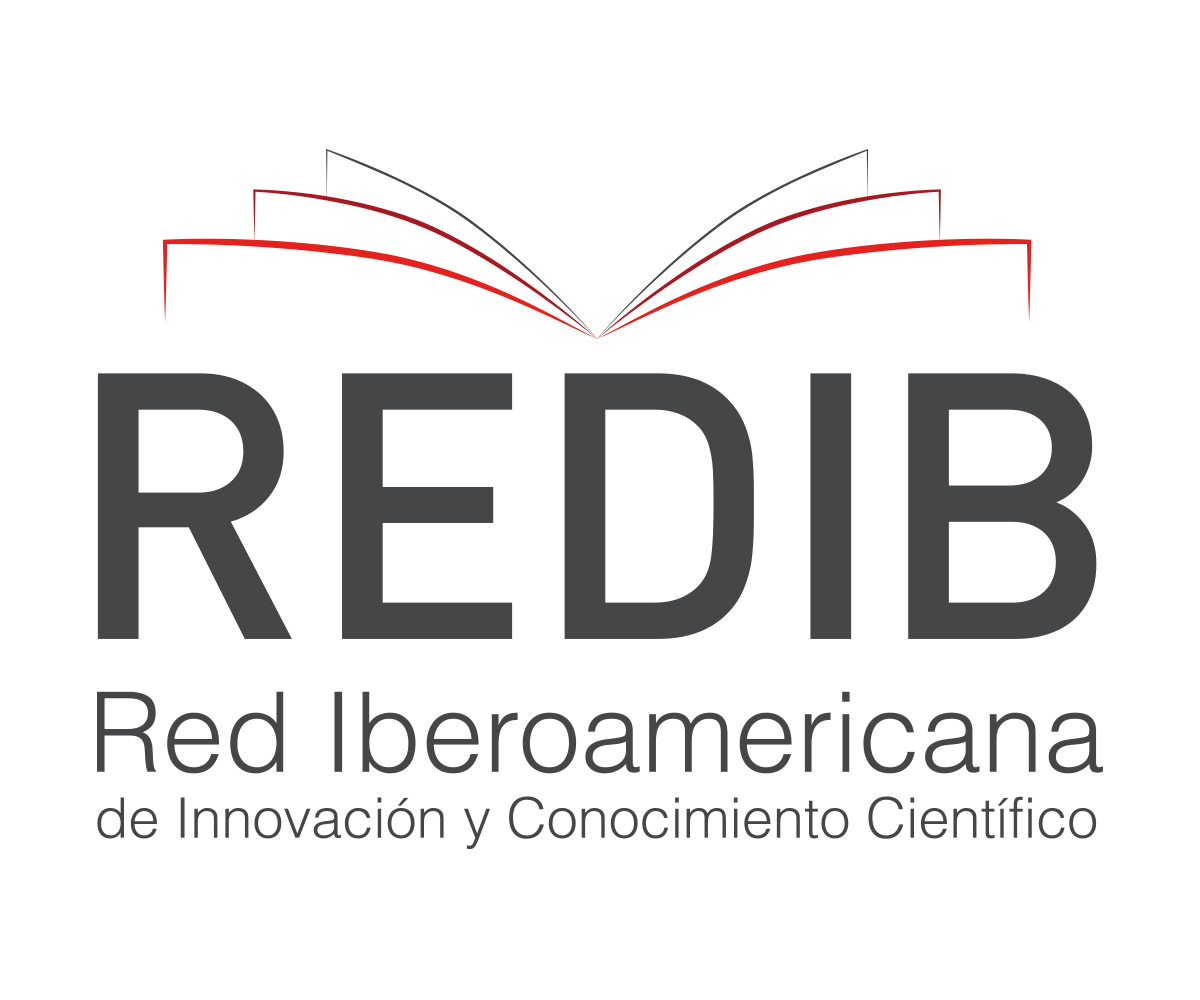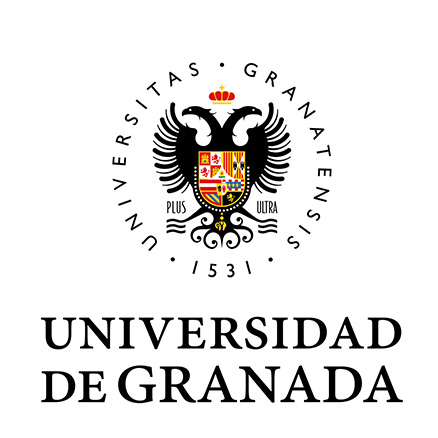Differentiated Education and Coeducation, the Best Educational Practices
DOI:
https://doi.org/10.5281/zenodo.8377520Keywords:
Models of education, Coeducation, Single-sex educationAbstract
The physical, neurological, cognitive and social development of boys and girls is different. Coeducation argues that the coexistence between boys and girls enriches them, while single-sex education maintains that homogeneous groups by gender respect differences in development and favor personal growth. Differences in development are reflected in different ways of learning that can be exploited in classrooms of students of the same sex; there are researches that show how single-sex education results in better learning in subjects such as mathematics, English, art and language. Differentiated education is not a model that discriminates against any of the sexes, it is a model that promotes justice by helping not to treat equality those who have different needs.
Metrics
References
Aguiló, A. (2015). Educación diferenciada. 50 respuestas para un debate. Digital Reasons.
Aguiló, A. (2019). Conferencia Educación diferenciada. Junta Nacional FAPACE.
Ahedo, J. (2015). El fundamento antropológico de la educación diferenciada. Estudios sobre la educación, 28, 155-170. https://doi.org/10.15581/004.28
Aragón, E., Serrano, N., Navarro, J. (2018). Do boys and girls learn the same way? Electronic Journal of Research in Educational Psychology 16(3), 537-553.
Del Amo, M. (2009). La educación de las mujeres en España: de la amiga a la universidad. Participación educativa, 11, 8-12. Recuperado de https://dialnet.unirioja.es/servlet/articulo?codigo=3105347 ISSN 1886-5097
Departamento de Educación de Estados Unidos (2005). Single-Sex Versus Secondary Schooling: A Systematic Review.
Dodero, M. (2012). La joven espartana y su participación en la ciudad lacedemonia. Antesteria, 28 (1),19-28.
Echavarri, M., Godoy, J., Olaz, F. (2007). Diferencias de género en habilidades cognitivas y rendimiento académico en estudiantes universitarios. Universitas Psychologica, 6 (2), 314-329
Espinosa, C. (2010). Diferencias entre hombres y mujeres en educación matemática: ¿Qué pasa en México? Investigación y Ciencia, Universidad Autónoma de Aguascalientes, 18 (46), 28-35
Gordillo, E. (2015). Historia de la educación mixta y su difusión en la educación formal occidental. Revista Historia de la Educación Latinoamericana, 17(25), 107-124. https://doi.org/10.19053/01227238.3814
Kelleher, C.(2009). Barriers to Programming Engagement. Advances in Gender and Education, 1, 5-10.
Lenroot, R. K., Gogtay, N., Greenstein, D. K., Wells, E. M., Wallace, G. L., Clasen, L. S., Giedd, J. N. (2007). Sexual dimorphism of brain developmental trajectories during childhood and adolescence. NeuroImage, 36(4), 1065–1073. https://doi.org/10.1016/j.neuroimage.2007.03.053
McGivern, R., Adams, B., Handa, R., Pineda, J. (2012). Men and Women Exhibit a Differential Bias for Processing Movement versus Objects. PLOS ONE 7(3): e32238. https://doi.org/10.1371/journal.pone.0032238
Mojica, C.(2017).A Learning Experience of the Gender Perspective in English Teaching Contexts. PROFILE Issues in Teachers' Professional Development, 19 (1):139. http://dx.doi.org/10.15446/profile.v19n1.56209
Nasser, A. (2016). The Difference Between Girls and Boys in Learning.
OECD (2019). https://data.oecd.org/pisa/science-performance-pisa.htm
Piechura-Couture, K., Heins, E., Tichenor, M. (2011). The Boy Factor: Can Single-Gender Classes Reduce the Over-Representation of Boys in Special Education? Journal of Instructional Psychology, 38(4),255-263
Rojas, R. (2011). Classroom interaction and language learning among boys in coed and single-sex contexts. Revista Ensayos Pedagógicos, 6(1), 145-158.
Salomone, R. (2013). Rights and Wrongs in the Debate over Single-Sex Schooling. Boston University law review. Boston University. School of Law, 93(3). 1006
Sax, L. (2017). Why Gender Matters. Ten Speed.
Steele, C. M. (1997). A threat in the air: How stereotypes shape intellectual identity and performance. American Psychologist, 52(6), 613–629. https://doi.org/10.1037/0003-066X.52.6.613
Wikberg, S. (2013). Art education – mostly for girls?, Education Inquiry, 4(3), https://doi.org/10.3402/edui.v4i3.22630
Wink, K. (2015). Rhetorical Strategies for Composition: Cracking an Academic Code. Rowman & Littlefield Publishers, Inc.
Younger, M., Warrington, M., Gray, J., Rudduck, J., McIellan, R., Bearne, E., Kernesh, R., Bricheno, P. (2004). Raising Boys’ Achievement. University of Cambridge Faculty of Education. https://www.researchgate.net/publication/242599270_Raising_Boys'_Achievement [accessed Nov 24 2019].
Published
How to Cite
Issue
Section
License

This work is licensed under a Creative Commons Attribution-NonCommercial-ShareAlike 4.0 International License.
This journal adheres to the Creative Commons license in the definition of its policy of open access and reuse of published material, in the following terms:
- Accessibility to articles and other publications in whole or in part under the concept of copying, distribution, public communication , interactive access (through the Internet or other means), explicitly maintaining the recognition of the author or authors and the journal itself (authorship acknowledgment).
- Warning that if the articles are remixed, modified or fragments used in other creations, the modified material cannot be distributed, nor is it allowed to reconstruct versions from the original published articles (derived works).
- The use of the contents of the published articles, in whole or in part, for profit (non-commercial recognition) is prohibited.
The author retains copyright, transfers or grants exclusive commercial rights to the publisher, and a non-commercial license is used.














